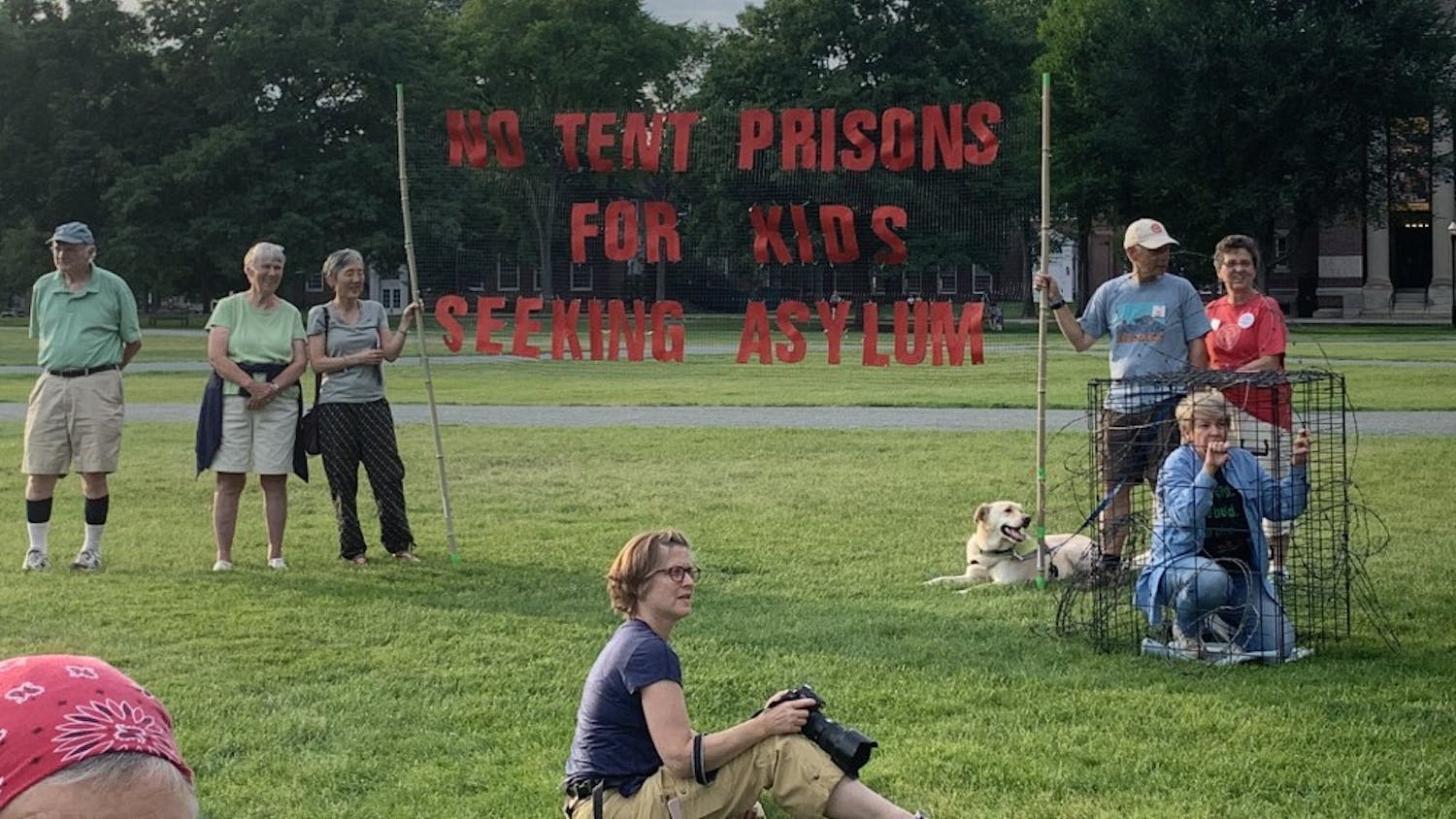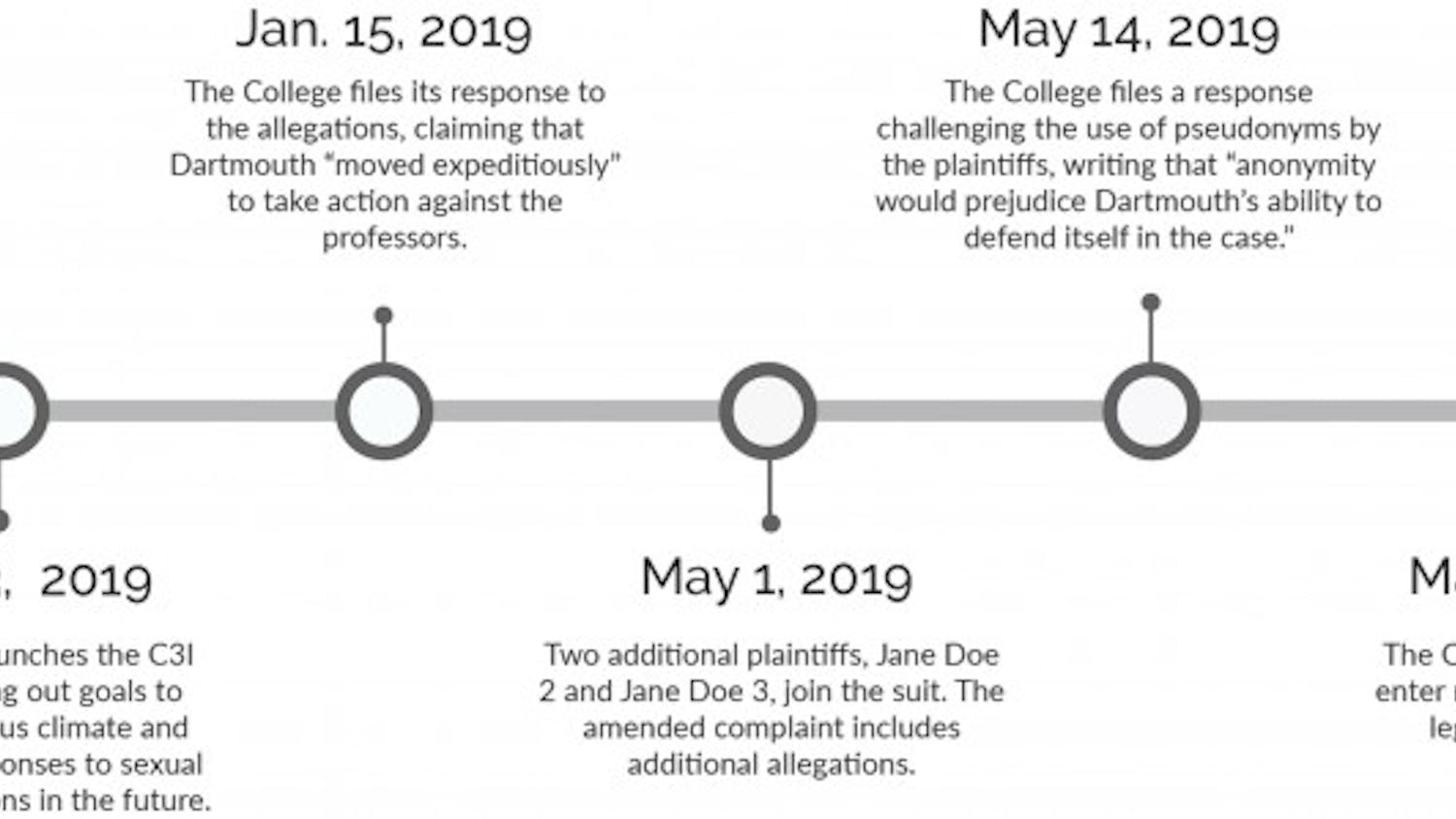It’s no secret that current college students have a reputation for being “snowflakes.” The existence of things like safe spaces and emotional support animals can seem to many like classic examples of Gen-Z coddling.
One of the more notorious of such examples is the idea of trigger warnings.
Trigger and content warnings are, simply put, warnings of potentially explicit or sensitive material. Some kinds of content warnings have become universally accepted: most people would probably agree that if you send someone a link that contains nudity or other graphic content, it’s a good idea to include an NSFW tag to show that the link is “not safe for work.” Other kinds of warnings, though — like the ones some professors put in their syllabi to warn about potentially upsetting content — are more controversial.
A quick Google search for “trigger warning” pulls up a wide variety of articles and op-eds on the topic, usually in the context of higher education. Some, like an opinion piece published in The Daily Utah Chronicle in November 2019, argue against trigger warnings, stating that they can make teaching less interesting by removing any sense of surprise and improperly prepare students for the world after graduation. Others, like an article published in The Cornell Daily Sun last December, argue in support of their usage, noting that they can significantly benefit survivors of trauma. Even more articles include more scientific perspectives, like an article published in the Harvard Crimson’s magazine Fifteen Minutes which details research concluded trigger warnings aren’t doing much good, but they aren’t causing much harm either.
And these are just a few of the most recently published articles on trigger warnings. The greater conversations surrounding them have been going on for years.
How does the Dartmouth community feel about trigger warnings? It goes without saying that there isn’t any one answer, but it’s still worth looking at how they’re used on campus. And when it comes to how trigger warnings are used on college campuses, a major point of contention is whether or not professors should use them.
The Dartmouth Center for the Advancement of Learning has a syllabus guide on its website with suggestions on what to include, and there is no mention of trigger or content warnings in the guide. Given that there is no clear College policy on the topic of trigger warnings, the inclusion of such warnings is at the discretion of each individual professor.
Jewish studies professor Susannah Heschel said she started including warnings in her Jewish studies class about heavy topics like the Holocaust after an especially memorable moment about 10 years ago. It was the first day of her class about the Holocaust and, after spending the first hour going over the course syllabus, she spent the second half of the class showing her students the 1956 French documentary Night and Fog. She explained that the documentary contains beautiful visuals and music, and she wanted her students to discuss why someone would make such a beautiful film about such a horrible topic.
To Heschel’s surprise, after playing the film, a male student who was Jewish stood up and angrily told her that she should have warned the class before playing the film. She remembers being speechless at first, though she eventually apologized to the student.
One thing she didn’t do, however, was open up the topic of trigger warnings to class discussion.
“I wouldn’t have wanted to put him on the spot by asking other students [what they thought],” Heschel said. “People might have criticized him, and that would not have been fair.”
She then explained that she had taught the course in the past, and no other student had ever had such a strong, vocal reaction. She then added a warning about triggering material to her future syllabi for several years, though she eventually stopped because those warnings felt unnecessary.
“I thought to myself, 'If you sign up for a course about the Holocaust, it’s going to be upsetting,'” she said. "One would know that. Right?"
Even without a formal written trigger warning, Heschel continued to vocally introduce potentially triggering material before in-class discussions. She emphasized the importance of respect in the classroom on the days of difficult discussions — for that same reason, she doesn’t allow students to bring in food on those days.
When asked her thoughts on the argument that trigger warnings coddle students, Heschel took great issue with the word “coddling.” She brought up a piece of advice that a colleague had once given her: You can teach by fear, or you can teach by love. She said she chose the latter route and dedicated herself to being available to help students in whatever way she can.
Using trigger warnings, she believes, are just another part of that commitment to helping students.
“I will help any student who wants and needs help, and I will spend as much time as that student needs,” Heschel said. “Am I coddling the student, or am I helping and trying to make this the best possible opportunity [for them] to learn?”
It’s one thing to use trigger warnings in a context where sensitive topics are expected to come up, like a class about the Holocaust. What about when triggering subjects come up in unexpected contexts? For Joselyn Lopez Bonilla ’22, that exact situation happened last term when the topic of immigration came up unexpectedly — in a class called MUS 46: “Video Games and the Meaning of Life.”
Lopez Bonilla, who described the class as discussing philosophical topics through the lens of video games, recalled that the incident happened during a week centered around discussing mundanity: Why do players enjoy video games in which they carry out mundane tasks? There was no specific mention of immigration on the syllabus, which is why she and her classmates were especially caught off-guard when they watched a video about the circumstances at the Mexico-United States border and then played a video game called “Papers, Please,” in which the player controls an immigration officer checking passports at a border crossing.
No trigger warnings were used. According to Lopez Bonilla, the professor had usually used trigger warnings in the past, but in this specific case, opted not to use them to underscore the severity of what was happening at the border.
During the class, several of Lopez Bonilla’s classmates became upset, and she remembers several of them staying behind to speak with the professor after class. She said that she wasn’t personally upset by the class but understood why others might have been, especially if they were undocumented, asylum seekers or otherwise personally affected by immigration.
“A part of me was somewhat excited that a topic like immigration came up, especially since a lot of classes don’t really talk about that,” she said. “But I could also understand why people were upset that there weren’t any trigger warnings.”
She said that, after the class, she had brought up what happened in a meeting for the Coalition for Immigration Reform and Equality at Dartmouth, where she serves on the executive board. She added that CoFIRED is currently working on initiatives like creating a directory of professors who are known allies to undocumented students, as well as a guide for the Dartmouth community about how to create a safe environment for non-U.S. citizens. Among their suggestions is the mindful use of trigger warnings.
What about trigger warnings outside of the classroom? Some students might not see the need for trigger warnings in non-academic contexts, but not Zeke Baker ’20. For him, another place where content warnings can be useful is in social media posts.
Baker’s way of including content warnings is by writing “cw” for “content warning,” followed by the specific tags, like sexual assault or racism, at the very top of his social media posts. He explained that he doesn’t use them on every post — only ones that include those specific kinds of potentially triggering content.
He acknowledged that some people might see those posts and think the warnings are an example of “virtue signaling” — a low-cost public act that conveys someone’s moral beliefs without actually doing much, if any, good — but for him, using trigger warnings can have a large impact.
“Yeah, it does look kind of superficial, and some people might see it as a virtual signaling thing,” Baker said. “But it could stop someone from going into a panic attack or reliving some past trauma.”
Baker said he understands why some people might be against trigger warnings in certain contexts. In some academic contexts, for example, he can see why using them might cause students to react in a more reserved and held back manner.
Social media is not an academic setting, however, and not every user is scrolling through their newsfeed looking to engage in intellectual discourse. For users who either don’t want to or can’t emotionally handle engaging with a certain topic, content warnings allow them that option, and Baker explained how for those who are interested in those more serious conversations, content warnings aren’t a hindrance.
“When you put [content warnings] up there, you’re not stopping anyone who wants to engage with that kind of content from [doing so],” he said. “It’s not a barrier.”
Baker didn’t always use content warnings; he said he learned to use them after coming to Dartmouth, in part because of his friends on campus and in part because of the “leftist” communities he found online once in college. He isn’t angry that more people aren’t using trigger warnings, but he does think that it’s always a good idea to be more conscious of and sensitive to people’s past experiences.
The number of people who have experienced some kind of trauma is greater than one might expect, Baker said, and it’s not his place to decide if someone is ready to engage with a specific topic.
Despite the unanimous support of those interviewed for trigger warnings, they are far from universal at Dartmouth. A difficulty in finding sources willing to speak out against trigger warnings, however, could suggest that within the current Dartmouth student body, even students who don’t personally use trigger warnings don’t take much issue with those who do.
In any case, whether the use of trigger warnings will continue to rise, or if the warnings will eventually fall out of favor with the Dartmouth community and beyond, is a question that can only be answered with time.




